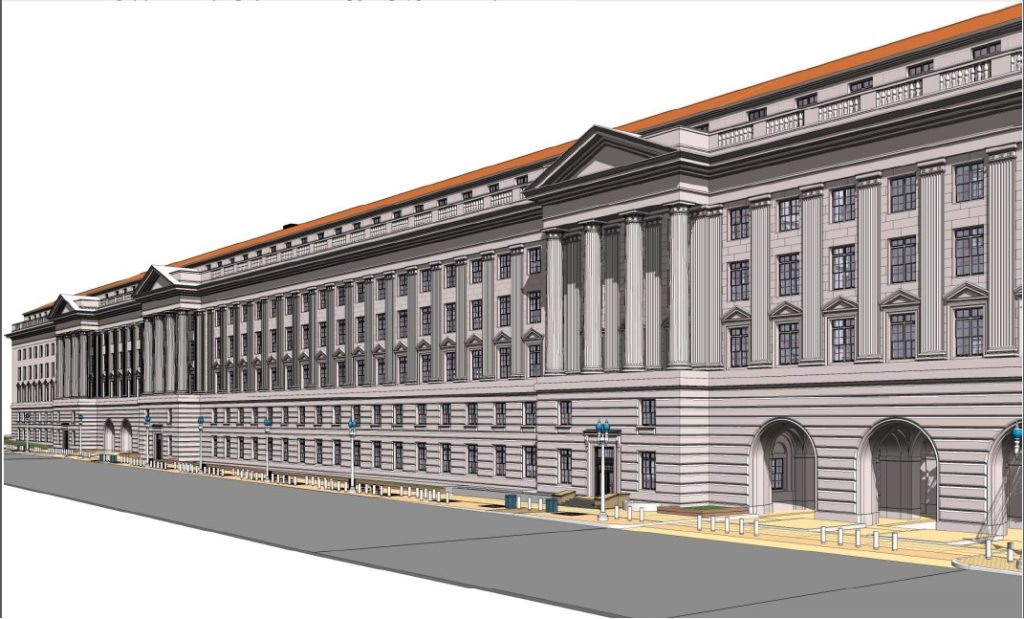BIM Interoperability: Checklist of BIM Project Delivery
BIM Interoperability, which is the ability of two or more systems to exchange information, is one the pillars of Building Information Modeling. As construction industry deals with large and complex models, this area requires collaboration, which is a vital part of the business. There are several situations in the construction industry, where information contained in a BIM model needs to be exchanged. With BIM technology, the exchange of design models in the design and construction industry is evolving away from paper and 2-dimensional computer-aided design (CAD) towards semantically-rich-3-dimensional digital models. Thus BIM is functioning as the primary means of information exchange between the different parties involved in construction projects.
Importance of BIM Interoperability :
What makes the building construction is more difficult is the involvement of different members of the construction team. A design team in construction industry involves an architect, service engineer, structural engineer and cost consultant, who all focus on their own work that may lead to coordination problems. At a higher level, the design team and construction team may also have communication challenges. All these can be solved with the adoption of Building Information Modeling. But interoperability is critical to work this successfully. Let us look at the different levels of BIM interoperability.
Interoperability between software from the same vendor:
A good example of interoperability between software from the same vendor in the construction industry is a service engineer, architect and structural engineer all working on separate 3D models in their versions of Autodesk Revit. These separate models are aligned to show a combined design model and are moved t the construction team in order to plan the work in Autodesk Navisworks. This helps in avoiding clashes between structure and services during construction.
Interoperability between software from the different vendors:
A building cannot be fully designed and built using software from a single software vendor. When software from various vendors needs to communicate, then communication rules need to be agreed. As far as construction is concerned, for example, a user can design the building in ArchiCAD and complete the specification using NBS Create. This level of interoperability can greatly minimize costly errors and help with coordinating project information.
Interoperability through open data standards:
The final method of BIM interoperability considered here is where the information is to be displayed or transferred between software applications through open data standards. Within the construction industry, there exist a well-established data standards for the transfer of data such as Green Building XML and Industry Classes. Open standards allow information and software from multiple sources to work together to improve the workflow in the construction industry.
BIM, which refers to the virtual representation of the physical and functional characteristics of a facility throughout its lifecycle, serves as a shared information repository for collaboration. This advanced 3D parametric object-based modeling promises benefits for all stakeholders. BIM depends on interoperability to fulfil most of these promises.
